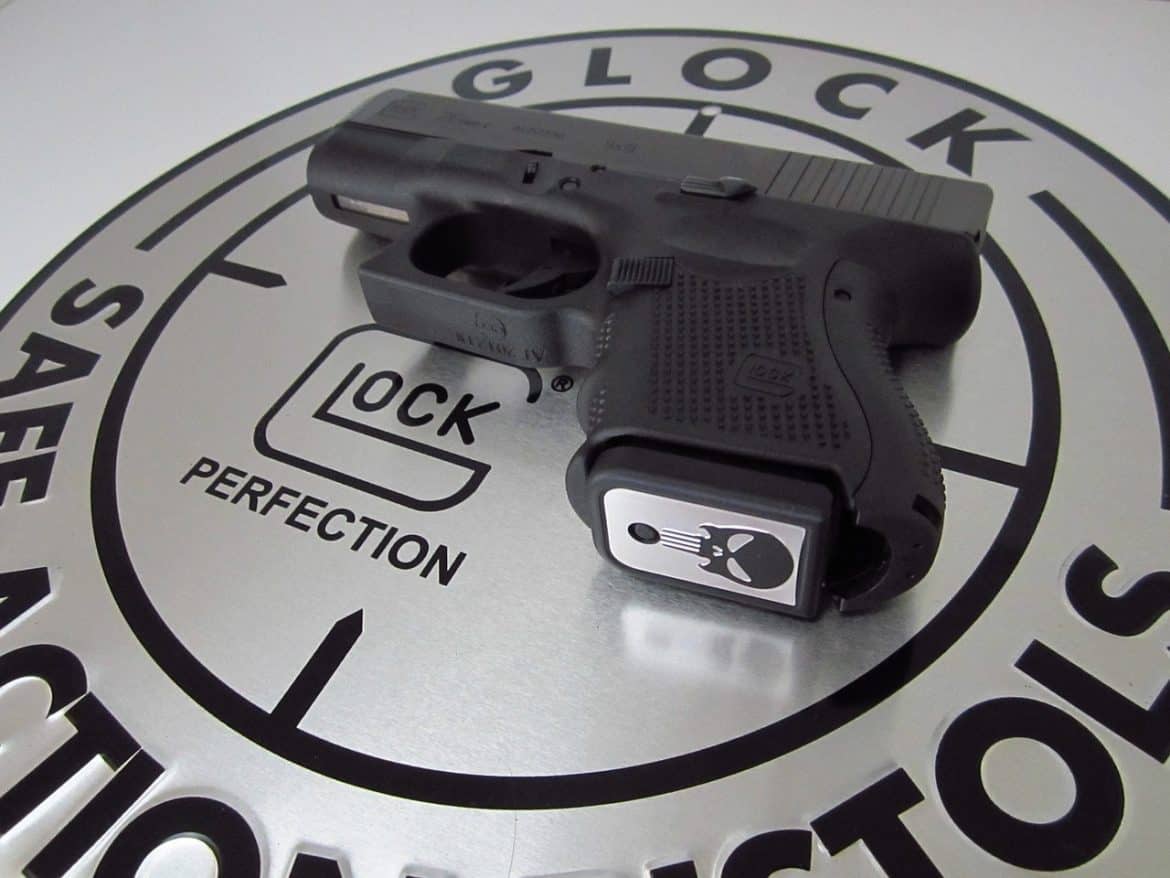Canned Bologna is something that I saw on a Facebook video and thought “no, it can’t be” and then forgot about it until I was coming back from the land and had an impulse to run into the dollar tree and see if such a thing really existed. Once I got it home I […]
Month: April 2016
Kiln Construction
Kiln Construction can be a daunting prospect, with the potential for numerous missteps along the way. This book aims to give confidence to those who seek to build their own kilns. Kiln Construction is a user-friendly guide that offers a thorough grounding in the basics of construction and also in-depth examinations of three kiln types—gas, […]
One Minute Glock Cleaning
It’s not the purpose of this article to show you to how to clean your Glock in under a minute. Rather it is to demonstrate that cleaning your pistol does not have to be a drawn out affair, and that in some cases (like lubrication) a little is better than a lot. You will need […]
Tool Roll and Pack Review
Today I am going to talk about my solution for equipment organization. I use a tool pack and organize my tools into specific a tool roll for each type of tool When trying to build a farm that is over an hour away from your home, being able to quickly grab the tools you need […]
Gear Review: CAT Tourniquet Review
I Just took an Active Shooter course that recommend CAT Tourniquets. Right after I get the chance to not only review one. Its funny how that works This CAT tourniquet is a proven design that allows someone to apply it to themselves using only one hand. However, it is not the original. It is […]





